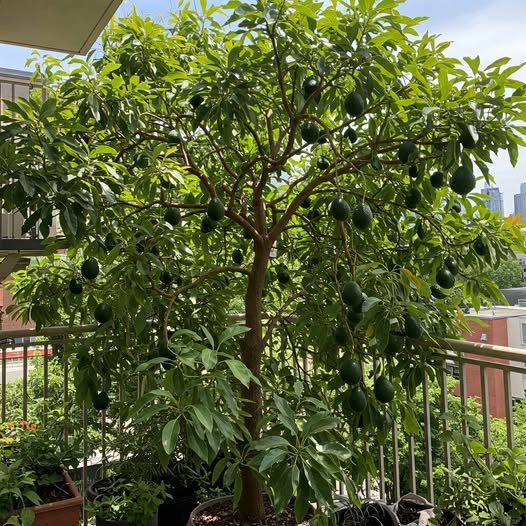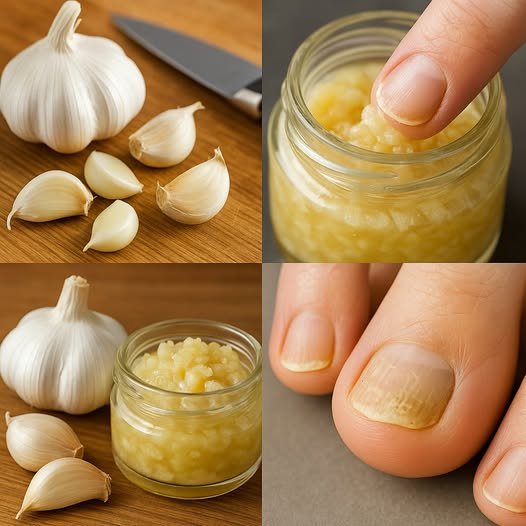As you stroll through your garden, you might notice a flurry of activity around your beloved roses. Upon closer inspection, you see that the tiny creatures swarming your blooms are ladybugs. These vibrant beetles, often associated with good luck, are more than just a pretty sight; they play a crucial role in maintaining the health of your garden.
While some gardeners may worry about the sudden influx of these insects, understanding why ladybugs are attracted to your roses can help you appreciate their presence. In this article, we’ll explore the reasons behind this natural phenomenon and what it means for your garden’s ecosystem.
1. The Role of Ladybugs in Your Garden
Ladybugs, also known as lady beetles, are beneficial insects that play a vital role in controlling pest populations in your garden. They are voracious predators of aphids, mites, and other soft-bodied insects that can wreak havoc on your plants. A single ladybug can consume up to 5,000 aphids in its lifetime, making them an invaluable ally for gardeners.
In addition to their pest control abilities, ladybugs also contribute to the pollination process. While they primarily feed on insects, they occasionally consume pollen, inadvertently aiding in the transfer of pollen between flowers. This dual role as both predator and pollinator makes ladybugs an essential component of a healthy garden ecosystem.
2. Why Ladybugs Are Attracted to Roses
Roses are a favorite target for aphids, which are small, sap-sucking insects that can cause significant damage to plants. The presence of aphids on roses acts as a beacon for ladybugs, drawing them to the plants in search of a meal. Ladybugs are particularly attracted to the scent of roses and the abundance of aphids that often infest them.
Additionally, roses provide an ideal habitat for ladybugs to lay their eggs. The dense foliage and ample food supply create a perfect environment for ladybug larvae to thrive. As the larvae hatch, they continue the work of their parents by consuming large quantities of aphids, further protecting your roses from damage.
3. The Lifecycle of a Ladybug and Its Impact on Roses
The lifecycle of a ladybug consists of four stages: egg, larva, pupa, and adult. Female ladybugs lay clusters of yellow eggs on the underside of leaves, often near aphid colonies. After a few days, the eggs hatch into larvae, which resemble tiny alligators and are just as ferocious when it comes to consuming aphids.
The larval stage lasts for about two to three weeks, during which time the larvae can consume hundreds of aphids. Afterward, they enter the pupal stage, attaching themselves to a leaf or stem. Within a week, they emerge as adult ladybugs, ready to continue the cycle. This lifecycle ensures a continuous presence of ladybugs in your garden, providing ongoing protection for your roses.
4. Common Misconceptions About Ladybugs and Roses
One common misconception is that ladybugs themselves cause damage to roses. In reality, ladybugs are harmless to plants and do not feed on plant material. Instead, they target the pests that harm your roses, such as aphids and mites.
Another misconception is that all ladybugs are beneficial. While most species are, some, like the Asian lady beetle, can become a nuisance when they invade homes in large numbers. However, in the garden, even these species contribute to pest control and should not be immediately dismissed as harmful.
5. How Ladybugs Benefit Your Garden’s Ecosystem
Ladybugs contribute to a balanced garden ecosystem by keeping pest populations in check. This natural form of pest control reduces the need for chemical pesticides, which can harm beneficial insects and disrupt the ecological balance.
By promoting a healthy population of ladybugs, you encourage biodiversity in your garden. This diversity helps create a resilient environment that can withstand various challenges, such as pest outbreaks and environmental changes. Additionally, ladybugs serve as a food source for birds and other wildlife, further supporting the garden’s ecosystem.
6. Natural Pest Control: Ladybugs vs. Aphids
Ladybugs are one of the most effective natural predators of aphids. Aphids reproduce rapidly, with a single female capable of producing up to 80 offspring in a week. Without natural predators like ladybugs, aphid populations can quickly spiral out of control, leading to significant damage to plants.
Ladybugs help maintain a balance by preying on aphids at all stages of their lifecycle. Both adult ladybugs and their larvae feed on aphids, ensuring that these pests are kept in check. This natural form of pest control is not only effective but also environmentally friendly, as it reduces the need for chemical interventions.
7. Viral Hacks: Encouraging Ladybugs to Stay
To encourage ladybugs to take up residence in your garden, provide them with a suitable habitat. Planting a variety of flowering plants, such as marigolds, dill, and fennel, can attract ladybugs by offering both food and shelter.
Avoid using chemical pesticides, as these can harm ladybugs and other beneficial insects. Instead, opt for organic pest control methods and allow ladybugs to do their job. Providing a shallow dish of water with stones for perching can also help keep ladybugs hydrated and encourage them to stay in your garden.
8. Potential Downsides of Ladybug Swarms
While ladybugs are generally beneficial, large swarms can sometimes become a nuisance. This is particularly true for the Asian lady beetle, which can invade homes in search of warmth during the colder months. These beetles can leave behind a yellowish secretion that can stain surfaces and produce an unpleasant odor.
In the garden, however, the presence of large numbers of ladybugs is usually a sign of a healthy ecosystem. If you find that ladybugs are becoming too numerous, it may be a sign that there is an abundance of pests for them to feed on, indicating an underlying issue that needs to be addressed.
9. How to Manage Ladybug Populations in Your Garden
To manage ladybug populations, focus on maintaining a balanced ecosystem. Ensure that there is a diverse range of plants to support a variety of insects and wildlife. This diversity will naturally regulate ladybug numbers by providing food and habitat for their predators.
If ladybugs become too numerous, consider introducing natural predators, such as birds, to help keep their population in check. Providing birdhouses and feeders can encourage birds to visit your garden and help manage insect populations.
10. Other Insects That Might Be Attracted to Roses
In addition to ladybugs, roses can attract a variety of other insects, both beneficial and harmful. Bees and butterflies are common visitors, drawn by the nectar and pollen of rose flowers. These pollinators play a crucial role in the reproduction of many plants.
However, roses can also attract pests such as spider mites, thrips, and Japanese beetles. These insects can cause damage to the leaves, flowers, and stems of roses. Regular monitoring and the use of natural pest control methods can help manage these pests and protect your roses.
11. Preparing Your Garden for Ladybug Season
To prepare your garden for ladybug season, start by planting a variety of flowering plants that can provide food and habitat for ladybugs and other beneficial insects. Consider incorporating plants like yarrow, cosmos, and dill, which are known to attract ladybugs.
Maintain a healthy garden environment by avoiding the use of chemical pesticides and promoting biodiversity. Regularly inspect your plants for signs of pests and take action as needed to prevent infestations. By creating a welcoming environment for ladybugs, you can ensure that they play a vital role in keeping your garden healthy and thriving.



